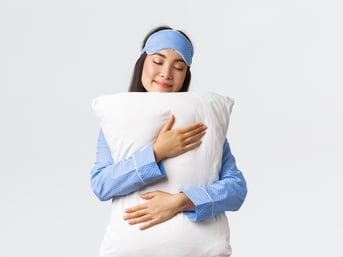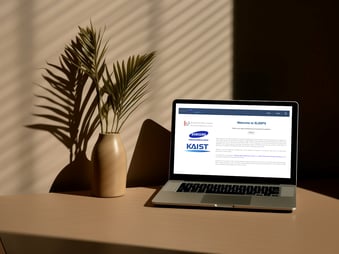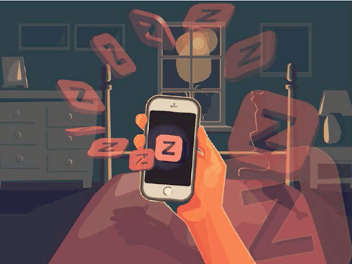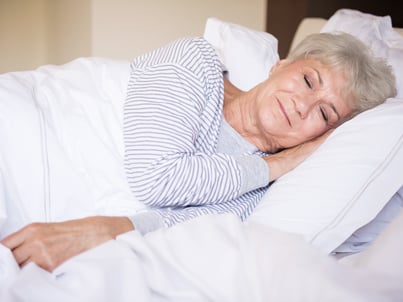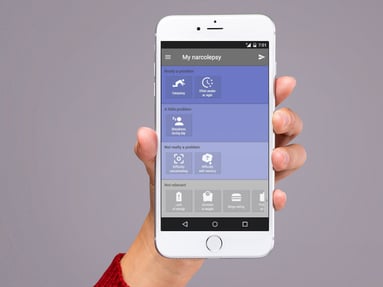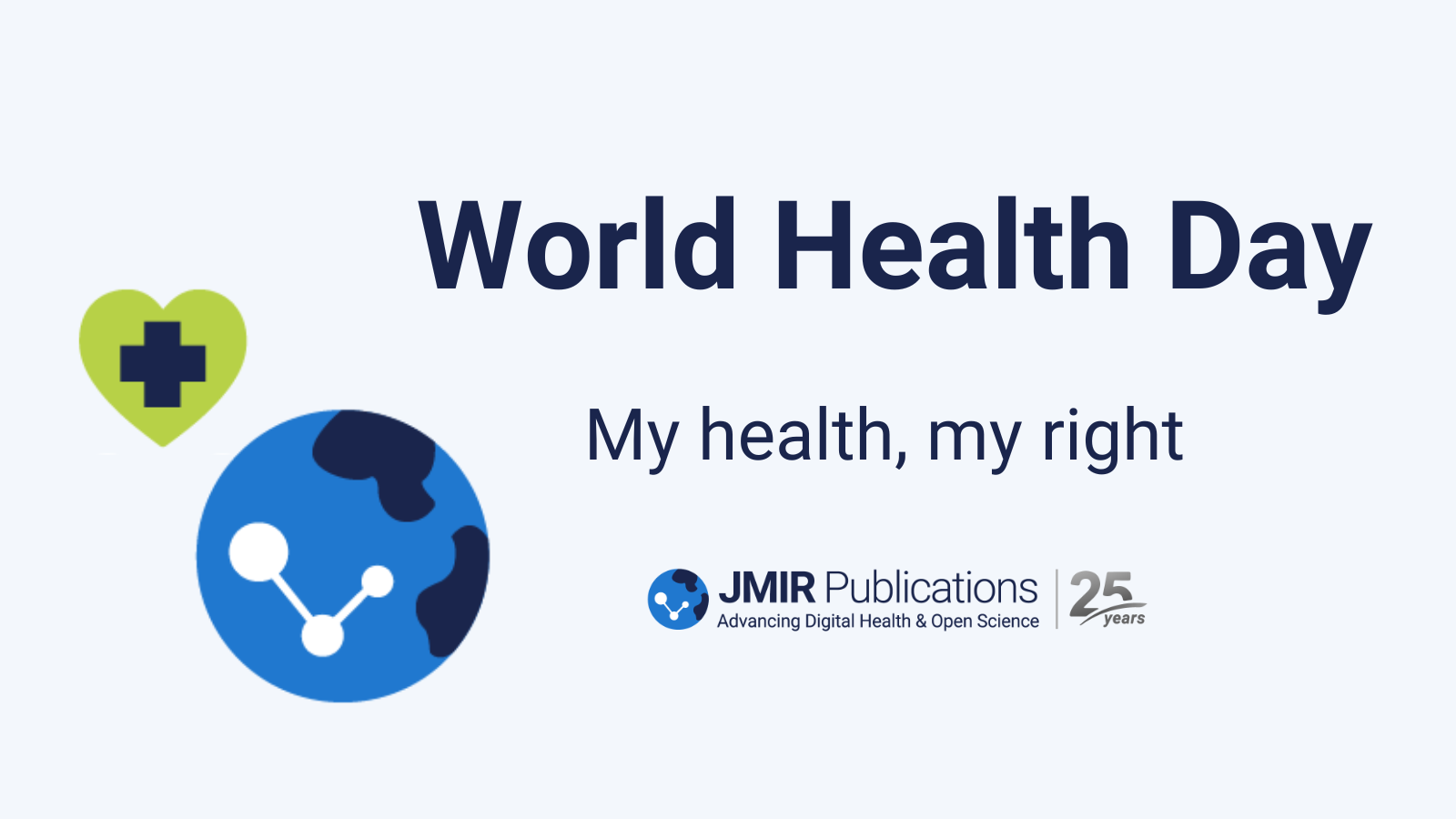March 15th Is World Sleep Day
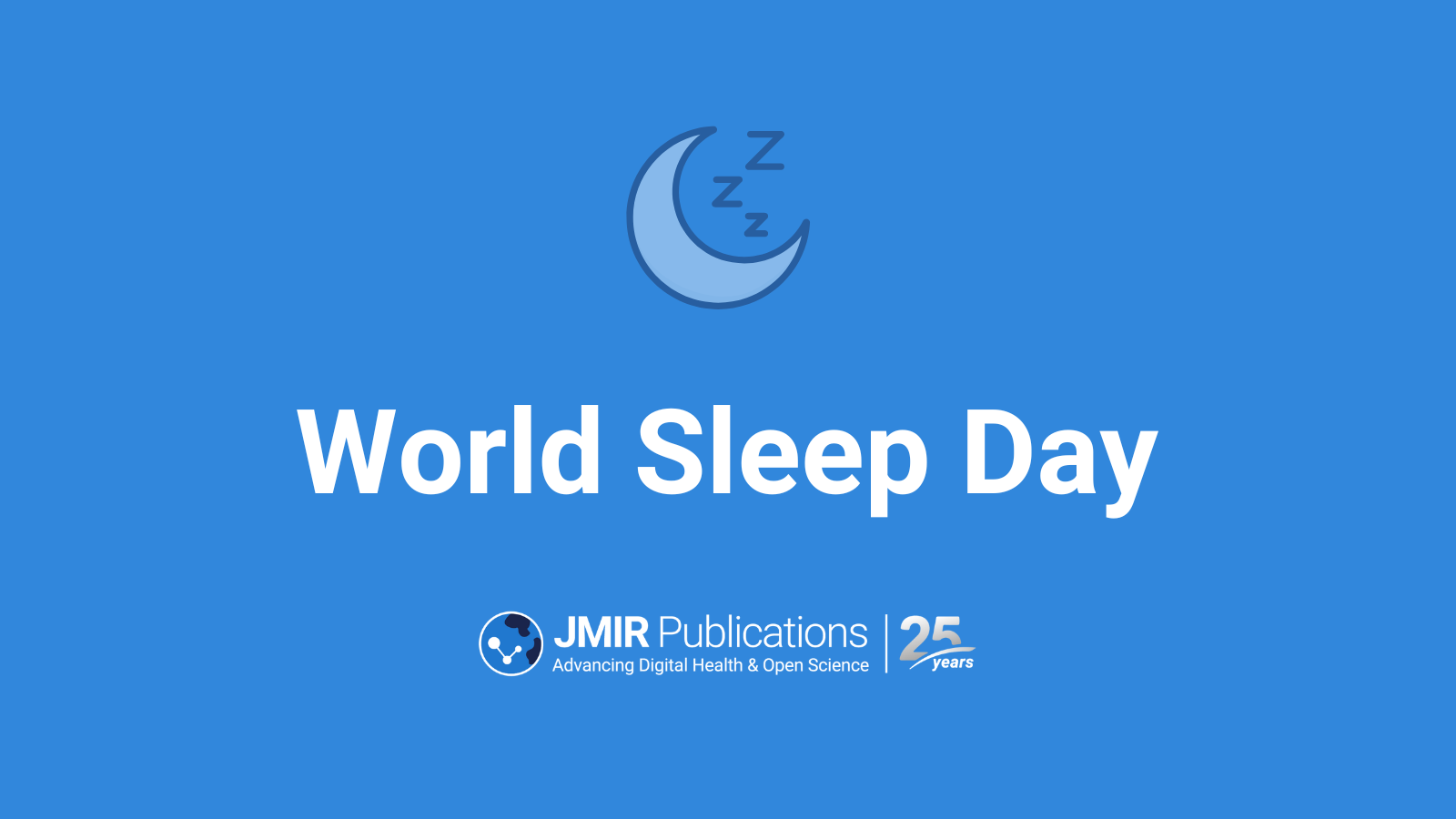
In observance of Sleep Awareness Week, we acknowledge the pivotal significance of sleep in the realm of medical science and healthcare. Sleep is not merely a state of rest; it is a complex physiological process essential for the restoration and preservation of health.
In commemoration of World Sleep Day, we present a selection of our foremost articles on sleep, meticulously curated to offer medical professionals and enthusiasts alike a deeper understanding of sleep disorders, diagnostic methodologies, therapeutic interventions, and emerging trends in sleep medicine.
1. Niemeijer, K., et al. (2022). Tracking Subjective Sleep Quality and Mood With Mobile Sensing: Multiverse Study. Journal of Medical Internet Research, 24(3). https://doi: 10.2196/25643
2. Ha, S. et al. (2023). Predicting the Risk of Sleep Disorders Using a Machine Learning–Based Simple Questionnaire: Development and Validation Study. Journal of Medical Internet Research, (25). https://doi: 10.2196/46520
Sleep disorders, such as obstructive sleep apnea (OSA), comorbid insomnia and sleep apnea (COMISA), and insomnia are common and can have serious health consequences. However, accurately diagnosing these conditions can be challenging as a result of the underrecognition of these diseases, the time-intensive nature of sleep monitoring necessary for a proper diagnosis, and patients’ hesitancy to undergo demanding and costly overnight polysomnography tests.
3. Shin J.C., et al.(2017). Mobile Phone Interventions for Sleep Disorders and Sleep Quality: Systematic Review. JMIR mHealth and uHealth, 5(9):e131. https://doi: 10.2196/mhealth.7244
Although mobile health technologies have been developed for interventions to improve sleep disorders and sleep quality, evidence of their effectiveness remains limited. A systematic literature review was performed to determine the effectiveness of mobile technology interventions for improving sleep disorders and sleep quality.
4. G Ravindran K.K., et al. (2023). Three Contactless Sleep Technologies Compared With Actigraphy and Polysomnography in a Heterogeneous Group of Older Men and Women in a Model of Mild Sleep Disturbance: Sleep Laboratory Study. JMIR mHealth and uHealth, 11. https://doi: 10.2196/46338
Contactless sleep technologies (CSTs) hold promise for longitudinal, unobtrusive sleep monitoring in the community and at scale. They may be particularly useful in older populations wherein sleep disturbance, which may be indicative of the deterioration of physical and mental health, is highly prevalent. However, few CSTs have been evaluated in older people.
5. Quaedackers, L., et al. (2020). A Mobile App for Longterm Monitoring of Narcolepsy Symptoms: Design, Development, and Evaluation. JMIR mHealth and uHealth, 8(1). https://doi: 10.2196/14939
Narcolepsy is a chronic sleep disorder with a broad variety of symptoms. Although narcolepsy is primarily characterized by excessive daytime sleepiness and cataplexy (loss of muscle control triggered by emotions), patients may suffer from hypnagogic hallucinations, sleep paralysis, and fragmented night sleep. However, the spectrum of narcolepsy also includes symptoms not related to sleep, such as cognitive or psychiatric problems. Symptoms vary greatly among patients and day-to-day variance can be considerable. Available narcolepsy questionnaires do not cover the whole symptom spectrum and may not capture symptom variability. Therefore, there is a clinical need for tools to monitor narcolepsy symptoms over time to evaluate their burden and the effect of treatment.
Explore more papers about sleep >

